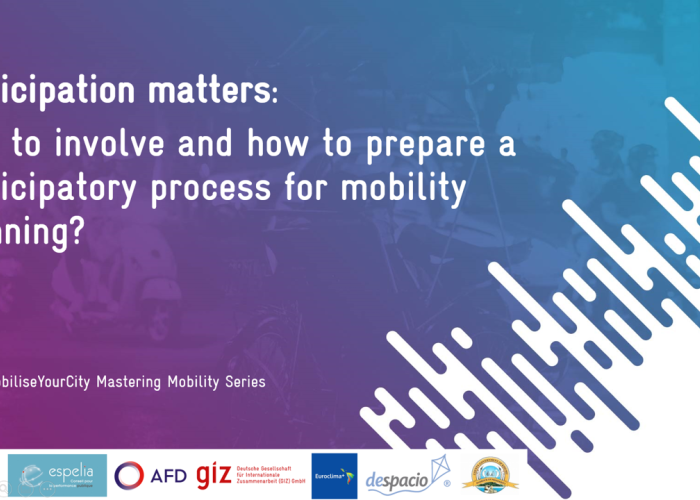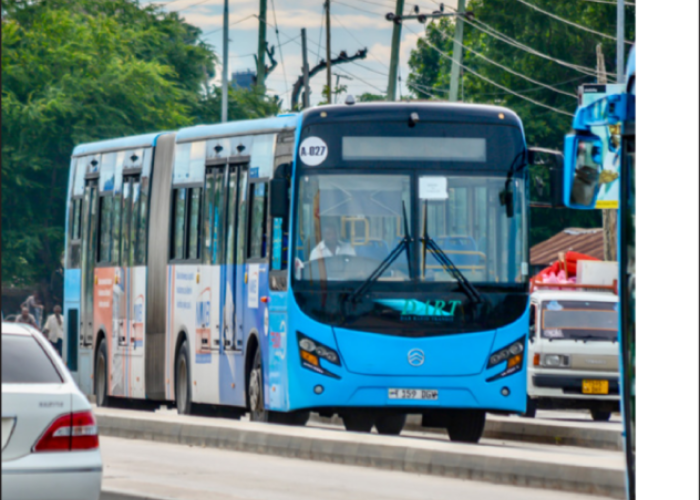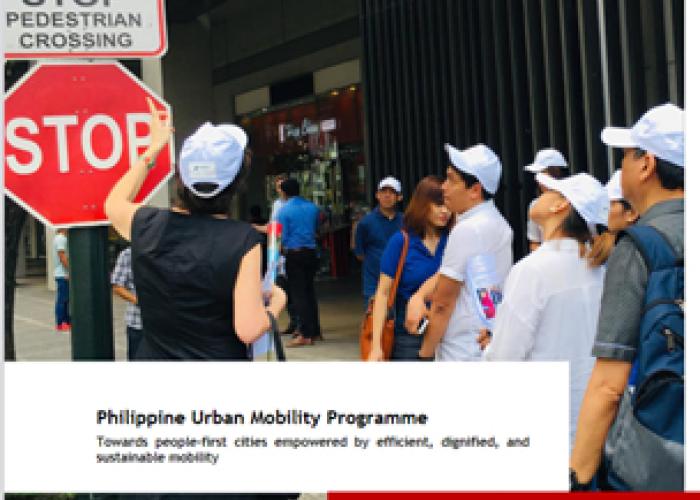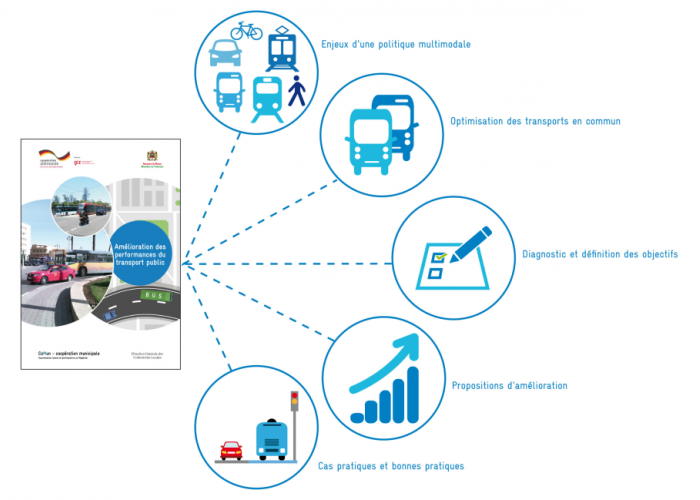Participation matters: who to involve and how to prepare a participatory process for mobility planning

Together with our guest speakers and city member representatives, we will discuss the strategies to involve the broader public in participatory…
- Others
- Gender
- Others


